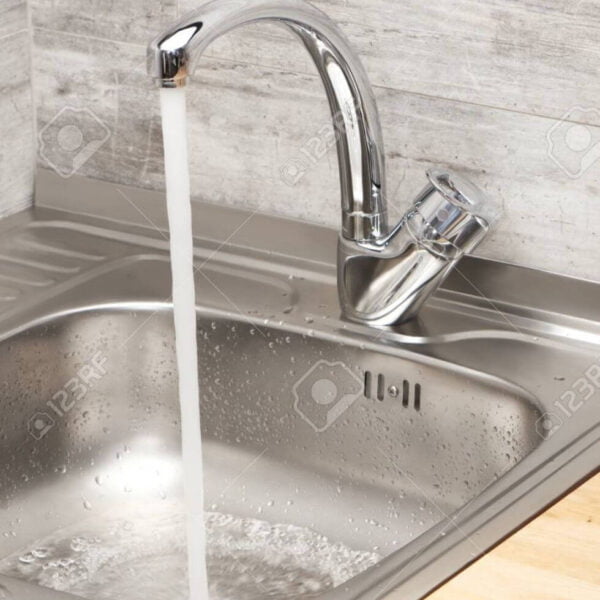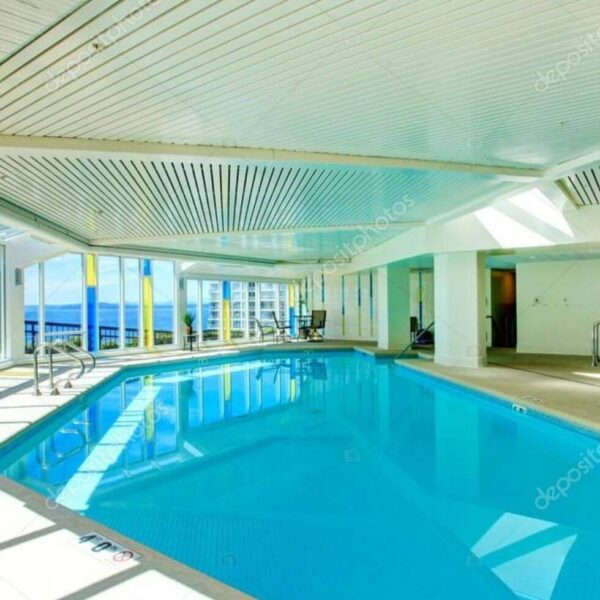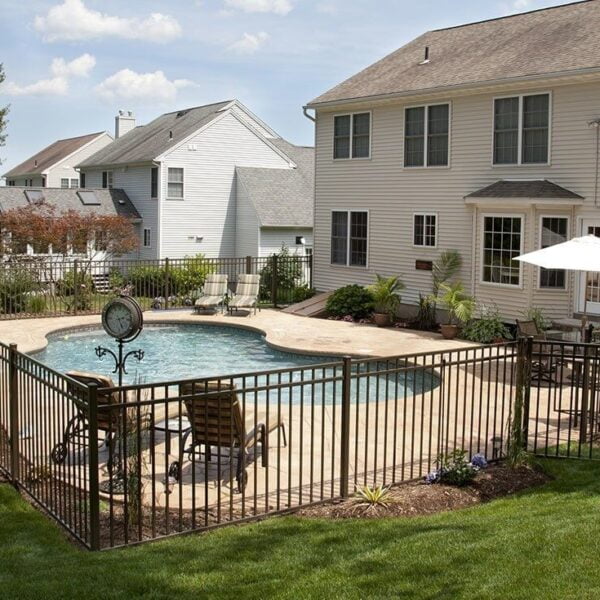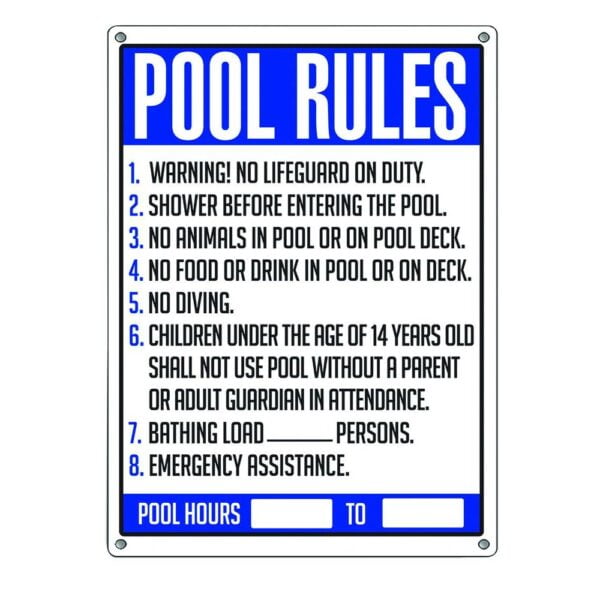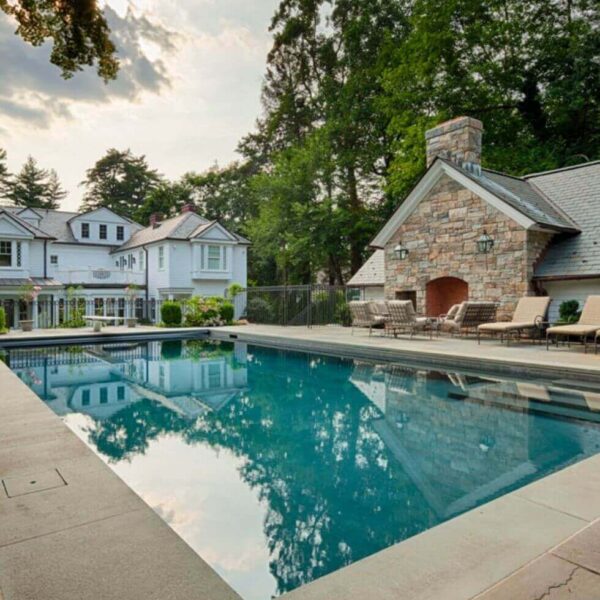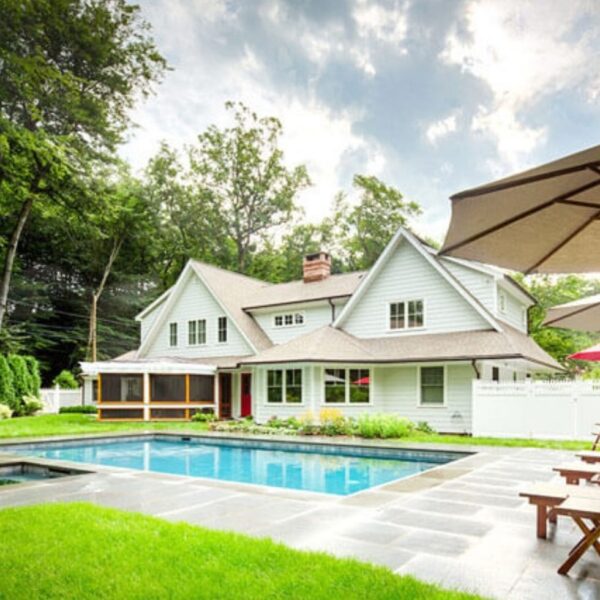Do you wish to build a pool in your home in California? It is important you take note of all the residential swimming pool regulations in California explained in this article. These residential swimming pool regulations must be followed as long as you’re building the pool in your home in California.
Table of Contents
Residential Swimming Pool Regulations in California
Here are the residential swimming pool regulations in California you must follow:
1. You Must Get a Permit
To build a residential swimming pool in California, you must first get a permit. The permit is to be given before you start the work. You are to present a clear plan of the type of swimming pool you wish to build in your home to the appropriate authorities for approval. Once the permit is approved and granted, you are to proceed with building your pool.
For your swimming pool construction permit to be approved and granted to you, you must ensure that the suction outlets of the pool for which the permit is issued should be equipped to provide circulation throughout the pool.
You should also make sure the pool has at least two circulation suction outlets per pump to hydraulically balance and symmetrically plumbed through one or more “T” fittings. They shall be separated by a distance of at least three feet in any dimension between the suction outlets.
You should also try to have the capacity of the circulation system to provide a complete turnover of pool water. The Suction outlets shall be covered with anti-entrapment grates that cannot be removed except by the use of tools.
2. The Swimming Pool Must have an Enclosure
A residential swimming pool in California must have an enclosure that isolates the swimming pool from the main home.
3. The Swimming Pool Must have a Fence
All residential swimming pools in California must have removable mesh fencing that meets the American Society for Testing and Materials (ASTM). The fence must have a minimum height of 60 inches and a minimum vertical clearance from the ground to the bottom of the enclosure of two inches.
If the fence is to have gaps or voids, the gaps should be tiny enough not to allow the passage of a sphere equal to or greater than four inches in diameter.
4. Outside of the Fence Must Not Have a Protrusions or Cavities
Outside of the fence should not have anything that can assist a child to climb over the fence when it is closed or locked. You know how children are. Sometimes, they those things their mind ask them to do without knowing the consequences
Therefore, you should ensure that outside of the fence does not have any protrusions, cavities, or other physical characteristics with which a child that is less than 5 years could use as handholds or footholds to climb over the fence into the pool.
5. The Swimming Pool Fence Must have A Gate
In California, you are mandated to have a swimming pool fence that has a gate attached to it. The gate must be a self-closing fence with a self-latching device attached lower than 60 inches above the ground.
This is to prevent any toddler from crawling into the pool just because you forgot to close the pool gate. If the gate is self-closing, it closes anytime it is opened without you having to worry about closing it.
However, the gate must have a key lockable device that is locked at any time. You are however enjoined to always lock the swimming pool gate when it is not in use and keep the key far from the reach of your children.
6. An Approved Safety Pool Cover
Your residential swimming pool cover must have an approved safety pool cover. This safety pool cover is a manually or power-operated safety pool cover that meets all the performance standards of the American Society for Testing and Materials (ASTM)
7. Exit Alarm
You are also expected to install an exit alarm on your home door that provides direct access to the swimming pool. This means that the door that provides direct access to the pool should have an exit alarm which can either cause an alarm noise or a verbal warning such as repeating notification that states that “the pool’s door is open”. This is to alert you when an intruder or your children opens the pool door without your permission.
8. A Swimming Protection Alarm
The alarm will serve as a notification when someone or your child enters inside the pool without your permission, or when you are away. The alarm should be certified by ASTM to have surface motion, pressure, sonar, laser, and infrared type alarms. If possible, you can equally get an alarm that sounds when a child exceeds a certain distance or becomes submerged in water.
9. The Pool Must be Inspected
When the pool construction is completed, it should be inspected by the appropriate authorities. The company in charge of your swimming pool construction can take care of that. They should ensure it is inspected before you start using them.
These are the major residential swimming pool regulations in California you should know. It is also important to note that these laws are subject to change at any given time.
Therefore, the best way to get updated laws and codes is by calling the building authorities in California or your area for inquiries. You can also contact a swimming pool builder in California and inquire from them.
Also, sometimes country and state residential swimming pool codes and regulations tend to differ yet are similar to the county or city code.
Therefore you are advised to check your county/city regulations to be sure you are following the right regulations. If your county has different regulations, follow them. They conform with the state and country codes. If you are in Florida, you can check out the condominium swimming pool regulations in Florida.
How Far Does a Pool Need to be From a House in California?
The outer walls of all residential swimming pools must be less than five (5) feet from an interior side property line or rear property line or building or be less than ten (10) feet from any side of the yard. The pool shall occupy a portion of the required rear yard.
Do I Need a Permit to Build a Pool in California?
You need a permit to build either public or residential swimming pool in California. These permits include building permits, electrical permits, plumbing permits, and mechanical permits. Once the permit is granted, you can start work immediately.
Who Regulates Swimming Pools in California?
All public and residential swimming pools in California are regulated by the Department of Health. Each California city or county’s Department of Health, Board of Health, or Environmental Health Division regulates swimming pools in California to prevent people from preventable illness or injury from the pool.
How Much Does a Pool Cost to Install in California?
It will cost between $18,000 to $80,000 to build a pool in California depending on the size, format, and material to be used. The cost covers both the permits, materials and labor costs. If you wish to build a more sophisticated pool in California, it may cost more than this.
How Much is a Pool Permit in California?
A swimming pool permit in California costs $100 to $300 without the inclusion of the site plans or drawings. Every City in California may have a different price for a pool permit but must be between the range of $100 to $300.
Final Thoughts
You must follow all these residential swimming pool regulations in California if you wish to build a swimming pool in your home. Do not leave any behind because when the inspectors come to inspect the pool, you will regret not following all of them. You can contact your state/county building authorities for more information on these regulations. It’s very important.


